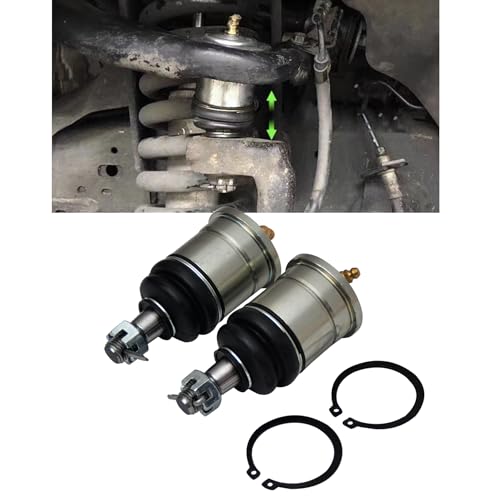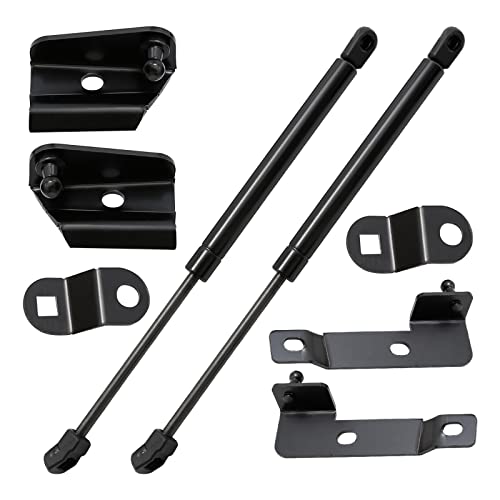There's been a lot of anecdotal evidence supporting the idea that a larger exhaust will provide better economy, and with the easier evacuation of the exhaust gas beyond the turbine providing less back-pressure (better flow) you could imagine that it might help even if only very marginally. But that's where it ends.
Reducing the velocity or reducing the pressure of the gas leaving the turbine (same gas volume in a larger pipe means either lower pressure OR lower flow rate) shouldn't ever negatively affect the engine's performance. It's questionable whether it has ANY effect in my mind. The performance of the engine based on exhaust flow should rightly end at the outlet of the turbocharger's turbine chamber. The inlet (plus vanes) governs how hard the turbine can be driven by the exhaust, but once the exhaust exits the turbine chamber's outlet, it's all over - the energy of the hot exhaust is spent, backpressure doesn't have any effect on the exhaust manifold, and it's then just a matter of getting rid of it. And that will happen quite nicely with the stock exhaust. A larger exhaust will simply let that happen more easily and provide a different engine note.
So with that out of the way - the conclusion is that any reduction in performance/economy might be from another source, or entirely coincidental.
Since the exhaust was worked on, I would be checking the turbocharger-exhaust manifold connection for leaks. Mine came loose, made the gasket vibrate like a reed instrument, car became a little more sluggish and of course that increases fuel consumption.

























